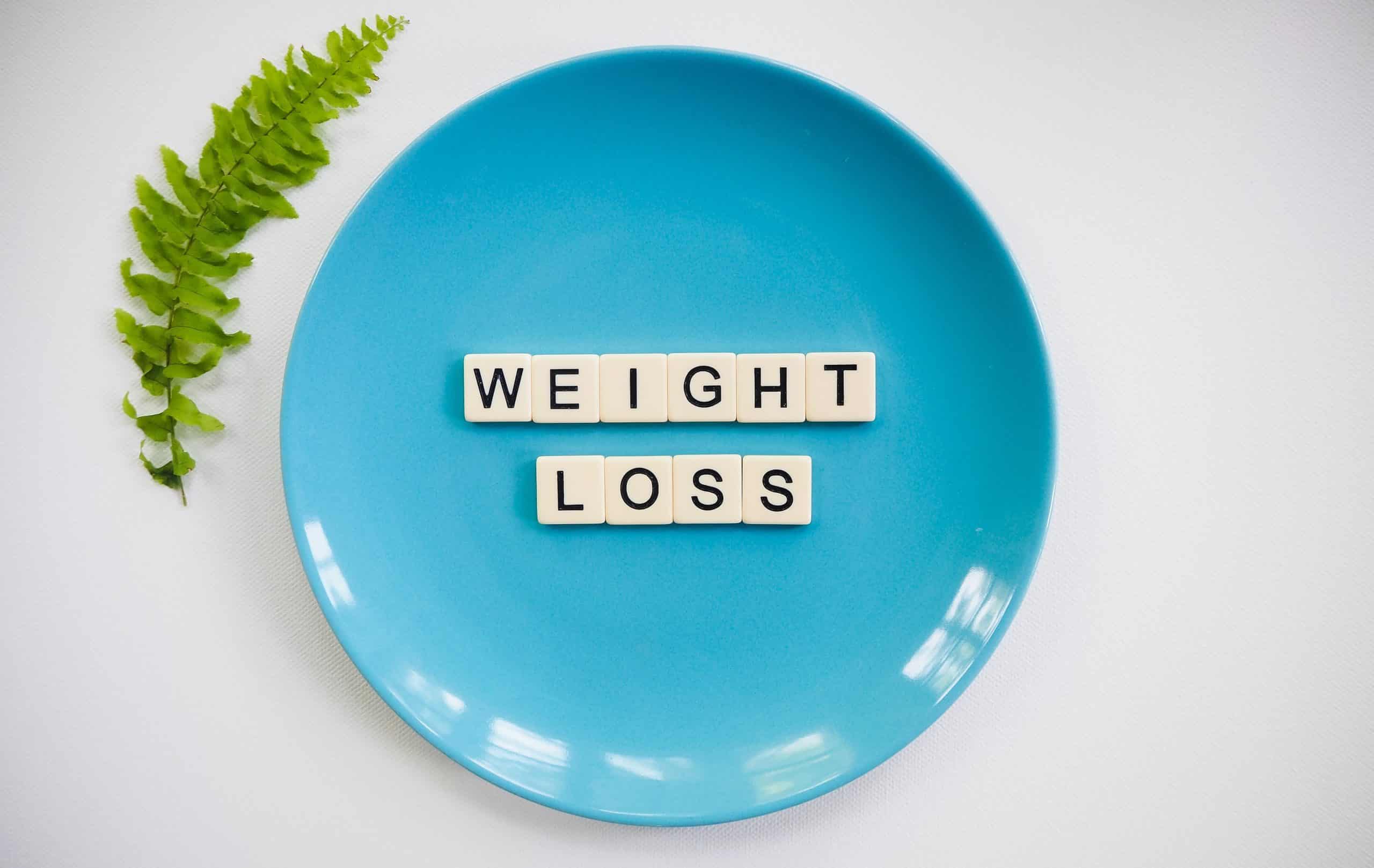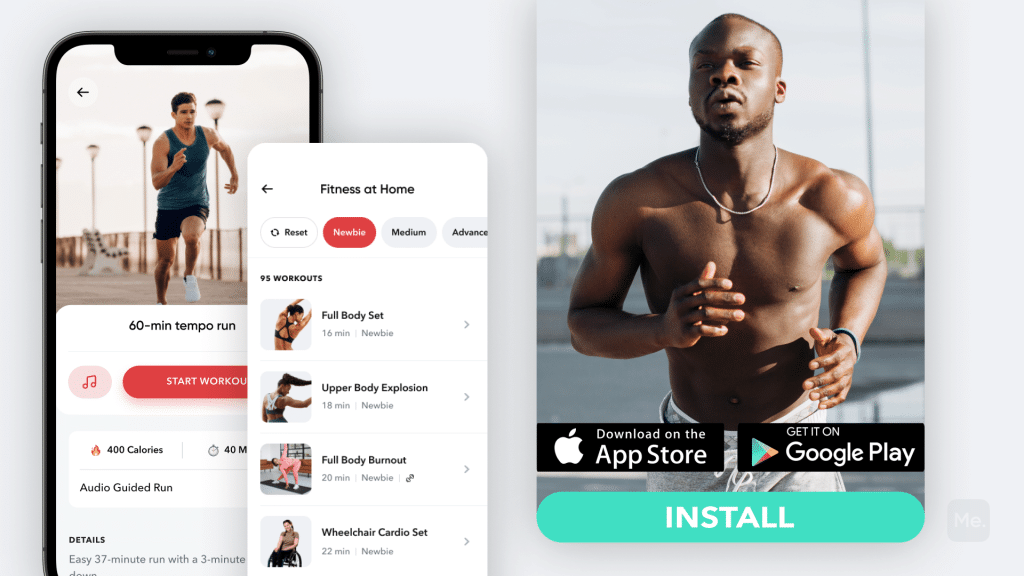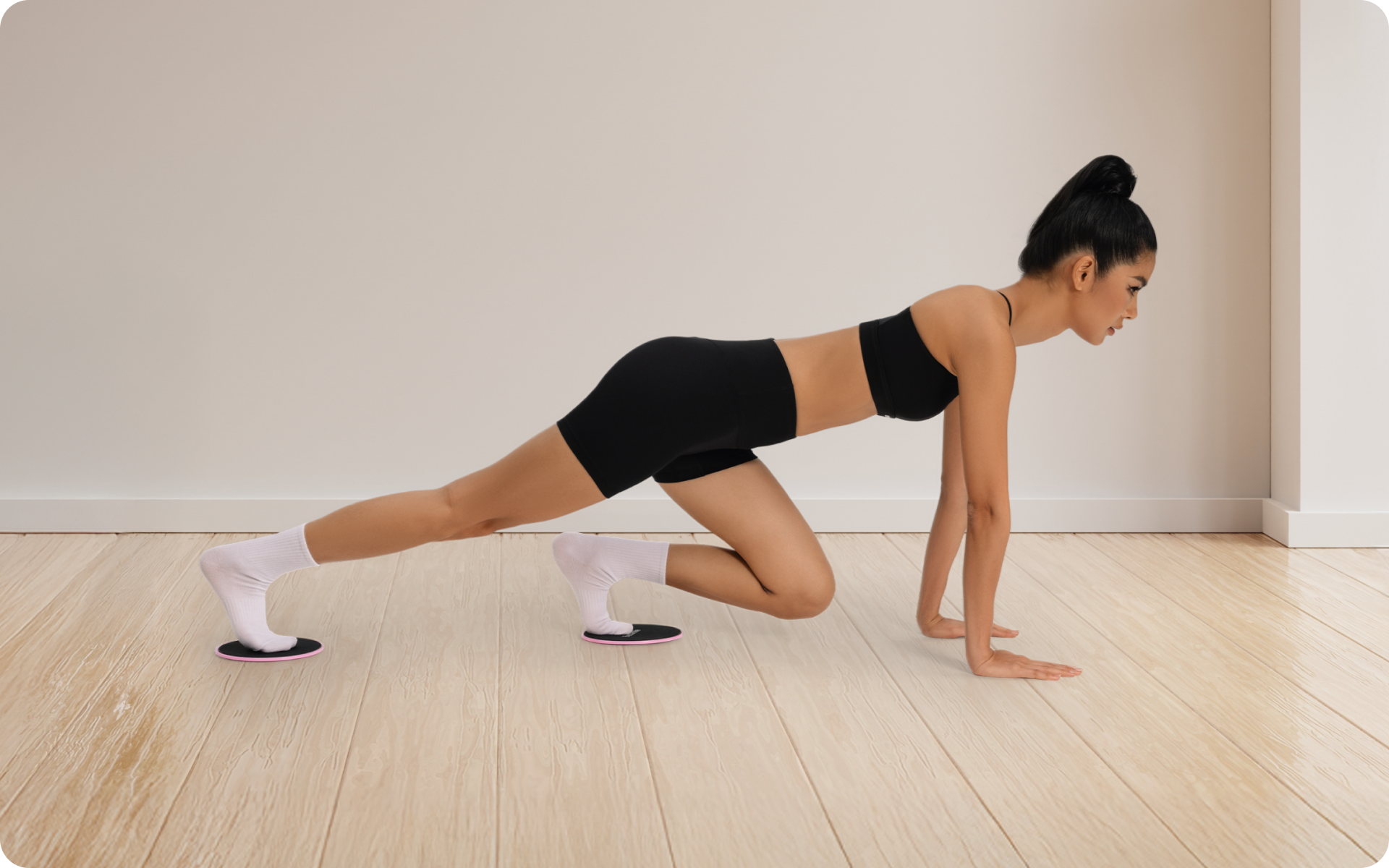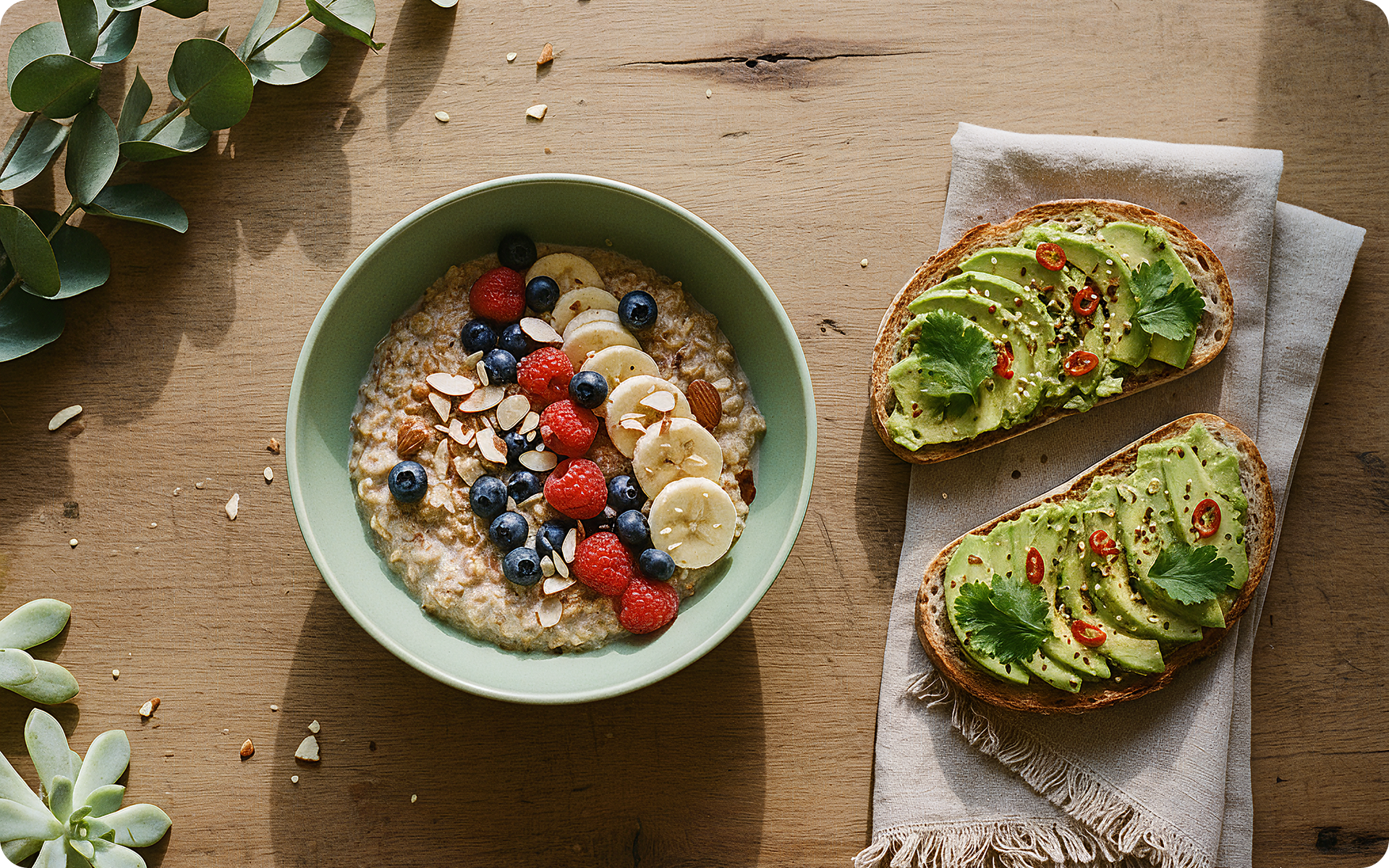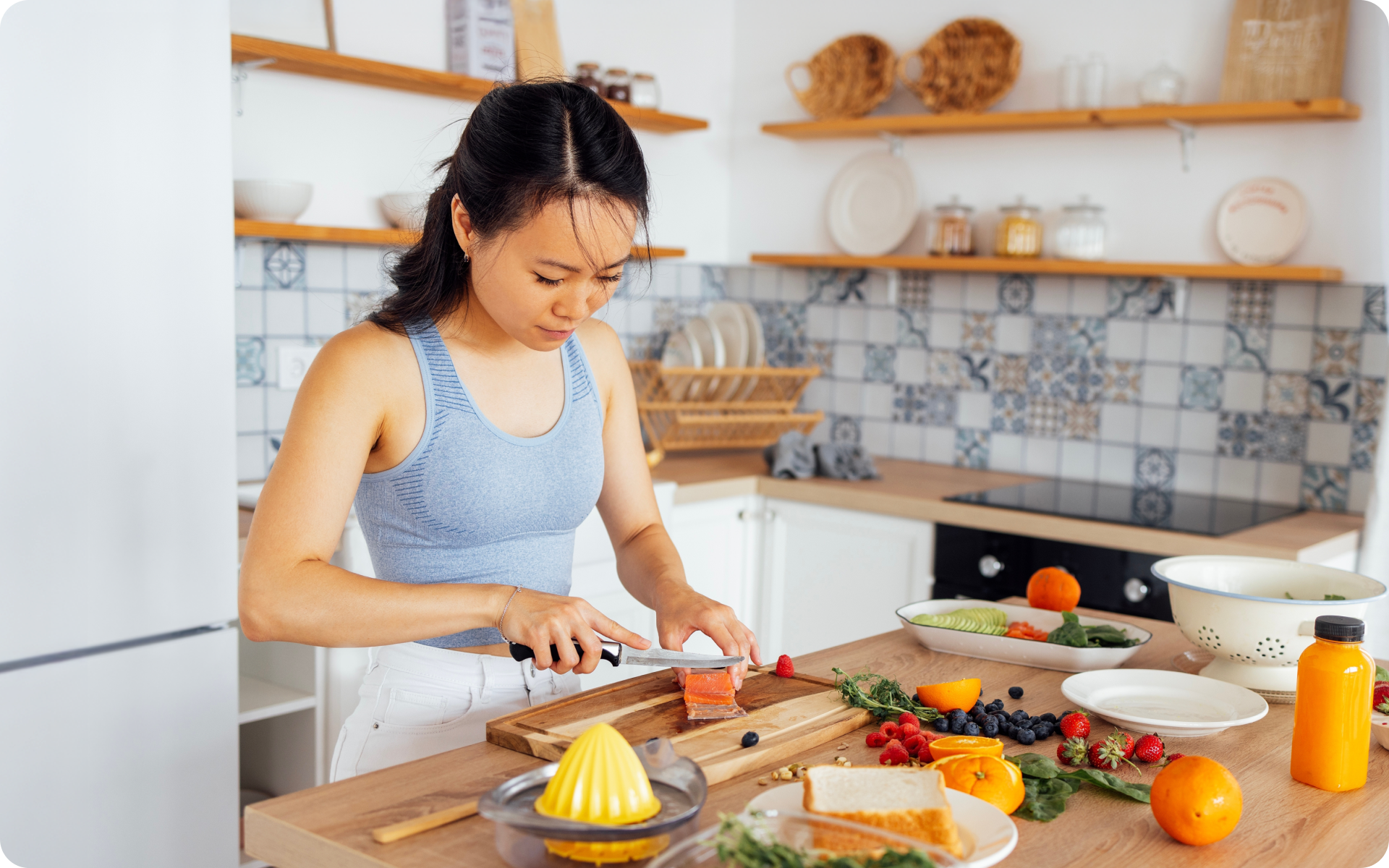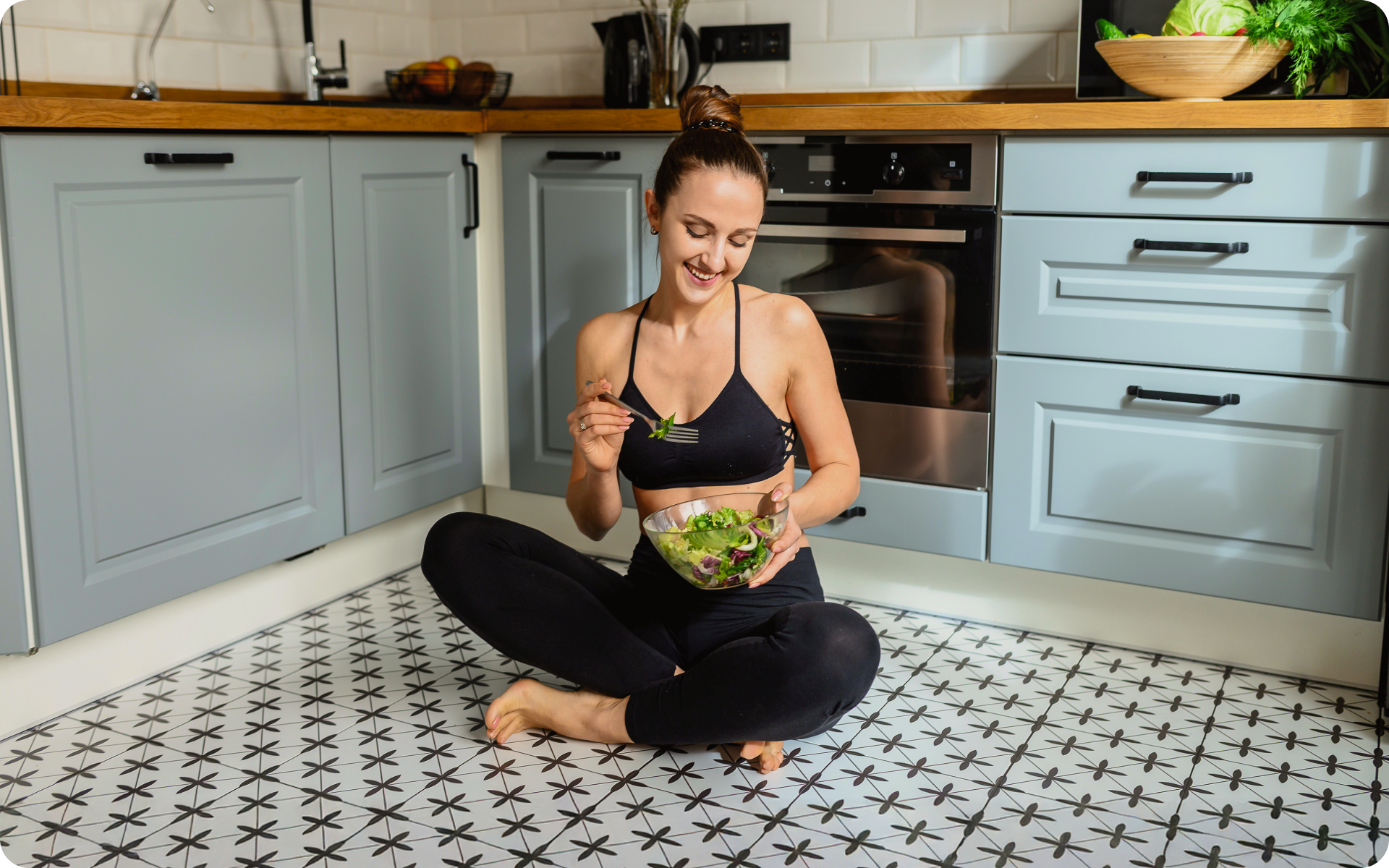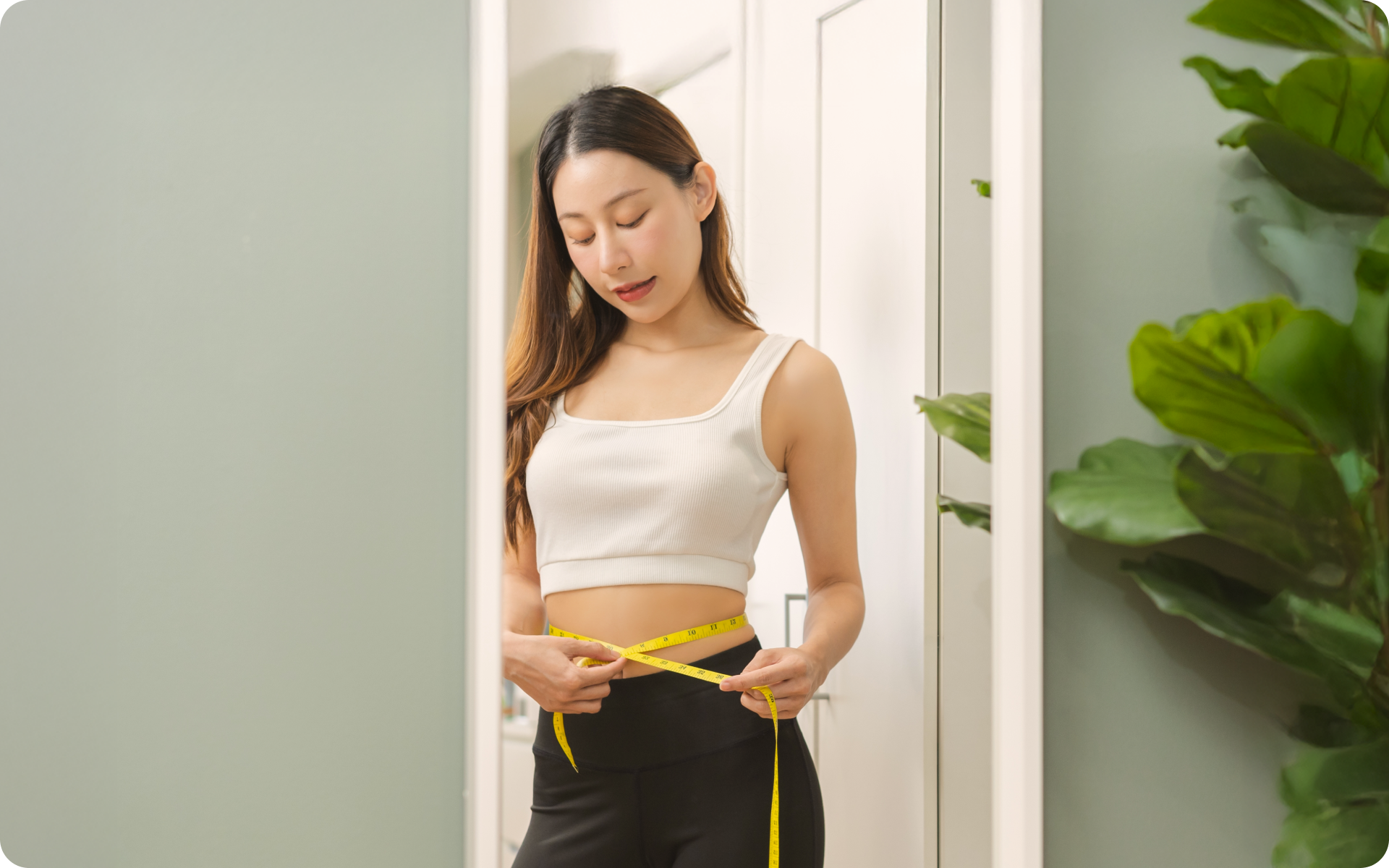Losing weight after 40 years is challenging for both men and women. With that said, losing weight after 40 for males is more challenging compared to females. There is so much research that has been done on weight loss for older women compared to older men. You search the internet, and you will find so many results for specialized diet plans, workout plans, and even lifestyle habits for women over 40 and so little for men of the same age. It is therefore hard for men to find accurate information to support their weight loss journey. Read about losing weight after 40 male here!
Get your personalized
meal plan!
When you are young, it is easy to eat unhealthy foods, not workout, sleep at 4 am, drink alcohol every day of the week, and your body won’t necessarily push back by gaining as much weight. When you get older, things tend to become a little bit different. You might even be eating healthier compared to what you were eating in your 20s, you could be going to the gym almost every day, you could be drinking only one glass of wine after dinner, you could be sleeping for 8 hours or more, but still, you keep gaining weight.
All this can be attributed to many factors like loss of muscle mass over time, hormones, slowing down of your metabolism as you get older, lifestyle, the food you eat, sleeping habits, how your body stores fat, and so many other factors.
All this might make you feel like asking, what is really the need of losing weight in your 40s. Can’t you just stick to your habits and enjoy life? Well, if you don’t take care of yourself, it might become challenging to enjoy life as much The need to lose weight after 40 comes from the fact that men actually have a shorter life expectancy than women, and you don’t want to reduce it even more by being overweight or obese. That is not all. Men between the age of 45-55 are twice as likely to have a cardiovascular condition. This likeliness keeps rising as you get older, and at 55, it is three times more likely. Being obese or overweight increases your chances of developing heart disease. Does that now convince you to look at some weight loss diet plans for men over 40?
Read More: Running For Weight Loss Interval Training: Get Yourself Up ‘N Moving!
Effective Ways Of Losing Weight After 40 For Males
Here are ways you can use to lose weight fast when you get older:
-
Build Muscles
As you get older, the more you start losing your body’s muscles. On average, men can lose somewhere between 3% and 5% of their muscle mass every decade. It is easy for you to lose your muscle mass as you get older because, for many reasons, you are not as active when you are 40 as you used to be while in your 20s. Apart from being active, now that you are older, there are so many things competing for your energy and time. There is your family, work, and other responsibilities. This makes working out harder as you don’t have time and energy. If you can maintain your muscles or regain them, you can promote weight loss.
How does that work? You ask. Muscle tissues burn more calories than fat mass. The more muscles you have, the more calories you lose. Now, since you are losing muscles as you grow old, it means you are also burning less and fewer calories as you get older. A good place to start is to do regular strength and resistance training exercises. These exercises will help you build strength and hence burn more calories leading to weight loss. You have to remember that since you are not as young and as flexible as you used to be, you should ease yourself into these strength training exercises. It is also advisable to consult an expert before joining any strength training exercise program as they know the best exercises for you. Working out the major muscle groups at least 2 to 3 times a week is a nice way to start.
-
Cut Your Alcohol Consumption
You remember when you used to drink every day of the week, the late nights at your local bar, singing ‘Forever Young’, well those days might be long gone now. When you get older, you reduce your alcohol consumption, so you will be able to lose weight. One reason you should cut your alcohol consumption is that alcohol contains calories. Every day there is a total number of calories your body requires and you take in extra calories when you drink. These extra calories are stored as fat, hence promoting weight gain. On average, people take 400-500 more calories on days they drink (1).
Apart from the extra calories that come from drinking, alcohol strains major organs of your body. A good example is a liver. The liver is responsible for processing fats, and drinking too much alcohol will make it hard for it to do so. Alcohol consumption also comes with an influx of your appetite; the more you eat, the higher your chances of gaining weight. If you want to lose weight, it would be best if you stopped drinking, if not stopping, you could at least keep it at two drinks per week (4).
-
Add More Fruits And Vegetables To Your Diet
Studies show that people who follow plant-based diets have lower body mass indexes (BMI) compared to people who eat meat. You don’t have to entirely abandon meat but make sure that your plate has more vegetables and fruits. Vegetables and fruits have a high fiber content. This is an advantage as it means you only need to eat less to get full and stay full (2). Fiber has a filling effect. This thus results in consuming fewer calories, leading to weight loss. Vegetables and fruits also contain minerals and vitamins that are beneficial to your body.
Dropping pounds by the dozens without putting yourself through the wringer is everyone’s weight loss pipe dream. But what if we told you that the BetterMe app can make that happen? Keep yourself in prime shape with our fat-blasting workouts, delicious budget-sparing recipes, and body-transforming challenges with our app!
-
Sleep Enough
Getting enough sleep is important when it comes to weight management. The older you get, the busier you get, and you might find yourself not sleeping enough. Lack of enough sleep can increase stress hormones in your body, and over time, this can lead to inflammation and chronic diseases (5). Lack of enough sleep also comes with unhealthy eating habits like late-night snacking and so on. This leads to you eating more calories than your daily energy requirements, hence promoting weight gain.
-
Aerobic Training
This is a good way to lose weight. Aerobic exercises get your heart pumping and help you burn calories (7). Aerobic exercises are so easy that you don’t need to enroll in the gym just to do a run, skip, climb a flight of stairs, and all that. Remember that in order to lose weight, you have to burn more calories than you consume.
-
Eat More Proteins
As we highlighted earlier, the older you get, the more muscle mass you lose. Proteins help in building muscles, and upping your protein intake might work to prevent loss of muscle mass or help you regain lost muscle mass (1).
-
Count Your Calories
I know it is not easy to count calories for each meal you eat, but it is advisable to do so. First, you need to know your basal metabolic rate (BMR). This is the number of calories your body uses, or needs, to function at rest. Different factors influence your BMR— factors like your weight, age, gender, height, lifestyle, among others.
Once you know your BMR, it is easy to know how many calories you need to consume so that you can maintain your current weight. If you eat more calories than that number, it could result in weight gain (1). Naturally, if you eat fewer calories than that number, it would result in you losing weight. If you want to lose weight healthily, it is recommended to reduce your daily calorie intake by 500 calories a day. This will result in 3500 calories in a week, which equals 1 pound of fat. The recommended amount of weight you should lose is 1 to 2 pounds a week.
-
Eat Less Processed Foods
Processed foods contain unhealthy fats and added sugar that is not recommended if you are on a weight loss journey. Add more organic whole foods to your diet as they have more nutrients; hence they are healthy and promote weight loss as well.
-
Say ‘No’ To Junk
The older you get, the slower your metabolism becomes. Eating sweets and other sugary items will lead to your body holding on to excess sugar, which will destabilize your blood sugar levels (1). This will lead you to binge eat foods and lead to weight gain. You should avoid junk food as you grow older (6).
-
Eat Less At Night
Some people claim that getting most of their daily calories before 3 pm increases chances of losing weight in comparison to people who eat more later in the day (2). With that said, make sure you get most of your daily calories from your breakfast and lunch when you are most active and hence able to burn those calories. At night you are less active. If you eat more at night, you might not burn those calories since you are less active, which will lead to weight gain.
-
Avoid Stress
Stress is part and parcel of our lives. There are so many things that can stress you as you get older; it might be your marriage, work, finances, and so on. Stress will make you have unhealthy eating habits as you are more likely to binge eat when you are stressed (2). Look for other ways to deal with stress, such as going out for a movie, talking to someone, working out, and so on.
Read More: Emptying Mind: Destress And Clear Your Mind For A Better Life
-
Have Your Thyroid Checked
You might be eating the right foods, working out, getting enough sleep, avoiding stress, and you still have a difficult time losing weight. The reason you might not be losing weight might be from the fact that your thyroid might not be working as it should (2). This is likely to happen to people as they grow old. It can also cause fatigue, joint or muscle pain, depression, and so on. The good thing is that there are medications that can help with that.
-
Eat Slowly
Stop wolfing down your meals. Studies show that when you eat slowly, you increase your satiety, which helps in your weight loss journey (3). Eating slowly also helps regulate the hormonal response in your system, making it easier to curb your cravings.
-
Do It With Others
It is easier to lose weight when you have a support group. The support group will help keep you accountable (2). They will make eating healthy foods that might look boring easier, be there when you don’t have the energy to go workout, etc. Look for people who have the same weight goal as you do and make a support group with them.
The Bottom Line
Losing weight after 40 for males is not that easy. It will require you to be more conscious of your lifestyle and put in more effort than you needed to put while you were in your 20s. The best part is although it is harder to lose weight, it is not impossible to do so if you stick to the various weight loss tips for men over 40 years highlighted in this article.
DISCLAIMER:
This article is intended for general informational purposes only and does not address individual circumstances. It is not a substitute for professional advice or help and should not be relied on to make decisions of any kind. Any action you take upon the information presented in this article is strictly at your own risk and responsibility!
SOURCES:
- 7 Weight Loss Diet Tips for Men Over 40 (n.d., mensjournal.com)
- 14 Ways to Shed Pounds After 40 (2020, webmd.com)
- 40 Tips for Men Who Want To Lose Weight After 40 (2020, eatthis.com)
- How to lose weight after 40: 6 new habits to start now (2017, today.com)
- The 5 Best Ways to Lose Weight After 40 (2020, menshealth.com)
- Ultimate Guide To Weight Loss For Men Over 40 (n,d., lifehack.org)
- Weight Loss for Men Over 40 (2020, verywellfit.com)
